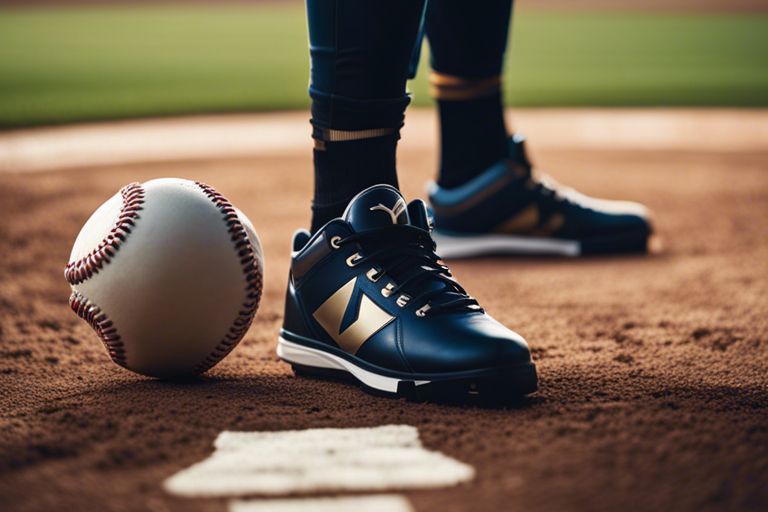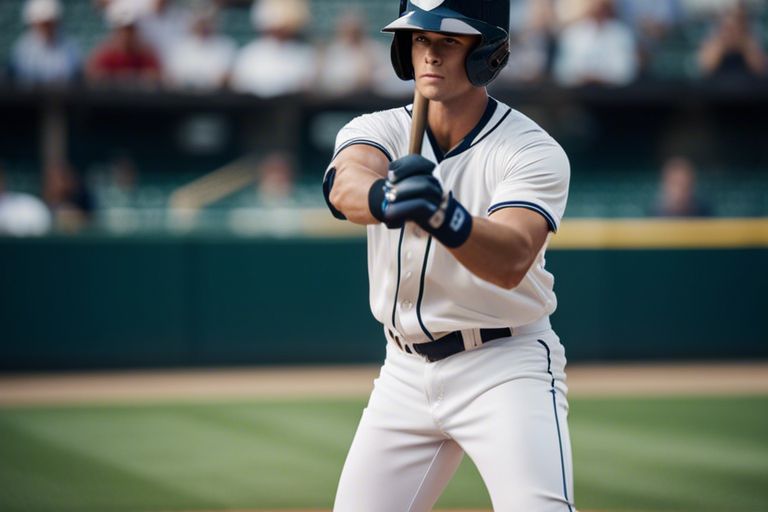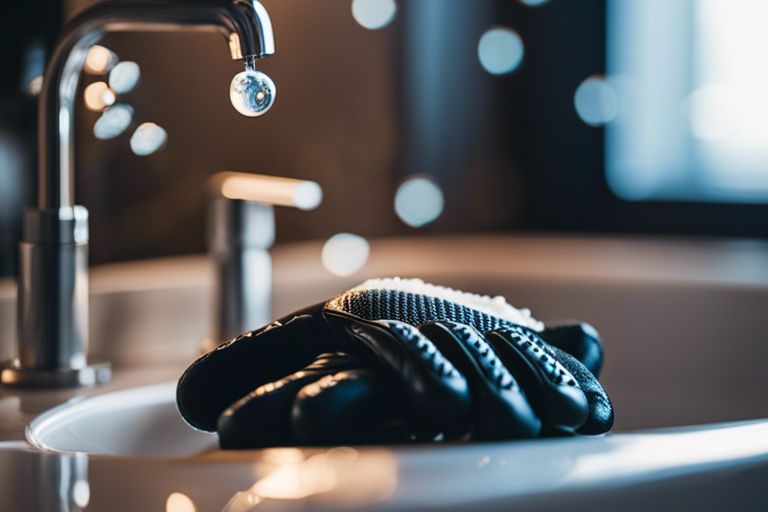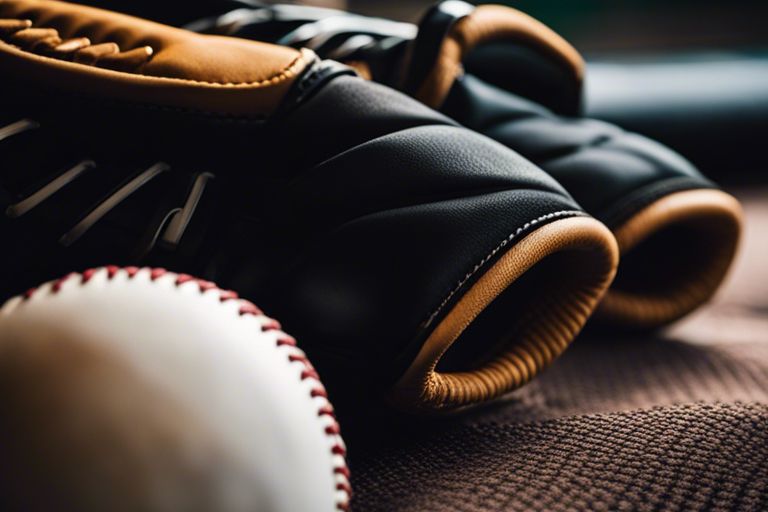There’s a science to selecting the perfect pair of baseball cleats, especially for professional players who rely on precision and performance to excel in their specific positions on the field. From pitchers needing stability and traction to outfielders requiring speed and agility, each position demands a tailored approach to choosing the ideal cleats. Let’s look into the factors that influence pro players in selecting the best baseball cleats for their position.
Key Takeaways:
- Importance of Position-Specific Cleats: Pro players consider the specific demands of their position when choosing cleats to optimize their performance on the field.
- Features to Look for: Factors such as traction, support, cushioning, and material are key considerations for pro players when selecting the best baseball cleats for their position.
- Customization for Individual Needs: Customization options such as spikes, ankle support, and cleat pattern allow pro players to tailor their cleats to best suit their playing style and needs on the field.

Understanding Different Types of Baseball Cleats
For professional baseball players, choosing the right type of baseball cleats is crucial to their performance on the field. There are three main types of baseball cleats: metal cleats, molded cleats, and turf shoes. Each type is designed to provide traction and support based on the playing surface. Understanding the differences between these cleats can help players make the best choice for their position and playing style.
Metal Cleats
For players who need maximum traction, metal cleats are the go-to choice. These cleats feature metal spikes that dig into the dirt, providing excellent grip. This type of cleat is often preferred by pitchers and infielders who need to make quick, sharp movements on the field. Metal cleats are not allowed in all leagues, so players should check the rules before wearing them.
Molded Cleats
For players looking for versatility and durability, molded cleats are a popular option. These cleats have rubber or plastic studs molded into the sole, providing good traction on both turf and dirt surfaces. Molded cleats are a great choice for players who play on a variety of different fields and want a reliable, all-purpose cleat. They are also typically more comfortable than metal cleats, making them a favorite among many players.
Cleats
For players who primarily play on artificial turf, turf shoes are the best option. These shoes have a nubbed rubber sole that is designed to provide traction on turf surfaces without damaging the turf. Turf shoes are lightweight and flexible, making them ideal for players who need to move quickly and make swift movements. They are also a good choice for players who train on turf fields frequently.
Types
When choosing the best baseball cleats for their position, players should consider the playing surface, league rules, and personal preferences. By understanding the differences between metal cleats, molded cleats, and turf shoes, players can make an informed decision that will enhance their performance on the field.

Factors Influencing Cleat Choice
One important consideration for pro players when choosing the best baseball cleats is the specific factors that influence their decision. These factors can vary based on the player’s position on the field, personal comfort and fit preferences, as well as the specific demands of their play style. Assume that each player carefully evaluates these factors to ensure they have the best cleats for their needs.
Position-Specific Needs
Factors that influence the choice of cleats for pro players include position-specific needs. Different positions on the field require specific movements and support, such as pitchers needing cleats that provide stability for rotational movements and infielders needing quick acceleration and traction.
Personal Comfort and Fit
Needs are also influenced by personal comfort and fit. Pro players prioritize cleats that feel comfortable and provide a secure fit to minimize the risk of injury and enhance performance. For instance, some players may prefer cleats with additional ankle support, while others prioritize cushioning for long hours on the field. Selecting cleats that fit properly can also prevent blisters and discomfort during play.

The Role of Technology and Innovation
To How to Buy The Right Baseball Cleats, technology and innovation play a crucial role in the design and development of baseball cleats, allowing pro players to select the best cleats for their specific position and playing style.
Advances in Cleat Materials
On the forefront of technology are advances in cleat materials, with manufacturers incorporating lightweight yet durable materials that provide a balance of comfort, support, and traction. These materials help players move swiftly on the field while ensuring stability and minimizing the risk of injuries.
Design Innovations for Enhanced Performance
Advances in design innovations focus on enhancing performance by optimizing traction patterns, improving fit and comfort, and reducing weight to increase speed and agility. Cleats with responsive cushioning, breathable materials, and strategic stud configurations are engineered to meet the demands of different playing positions and field conditions.
This commitment to technological advancements ensures that pro players have access to cleats that not only meet their performance needs but also give them a competitive edge on the field.
Conclusion
Presently, professional baseball players carefully consider factors such as playing position, field conditions, and personal preferences when selecting the best baseball cleats. This crucial decision helps them maximize their performance on the field and ensure they have the right support, traction, and comfort needed to excel in their specific role during games.
FAQ
Q: How do pro players choose the best baseball cleats for their position?
A: Pro players consider several factors when selecting baseball cleats for their position. They look for cleats that provide the right balance of traction, support, and comfort specific to their playing position. For example, outfielders may prefer cleats with metal studs for better traction on grass, while infielders might opt for molded cleats for quicker movements on dirt.
Q: What are some key features pro players look for in baseball cleats?
A: Pro players prioritize features such as ankle support, cushioning, lightweight design, breathability, and traction when choosing baseball cleats. Ankle support helps prevent injuries during quick movements, while cushioning provides comfort during long games. Lightweight cleats allow for faster sprints, and breathability helps keep feet cool and dry. Traction is crucial for maintaining stability and grip on different playing surfaces.
Q: Can the playing surface affect the type of baseball cleats pro players choose?
A: Yes, the playing surface significantly influences the type of baseball cleats pro players select. Players adjust their cleat choice based on whether they are playing on grass, dirt, turf, or a combination of surfaces. Metal studs are preferred for grass fields for better traction, while molded cleats are ideal for dirt infields. Turf shoes with small rubber studs are suitable for artificial turf surfaces to provide grip without damaging the field.




